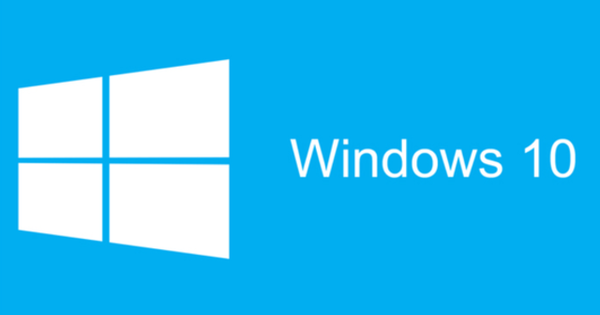Google has long been developing features to control the computer by voice. For example, in Chrome, the search engine listens for voice commands. And recently we can even dictate the content of a text document in Google Docs without having to buy expensive software.
Tip 01: Chrome and headset
You don't need any additional software to dictate text in Google Docs, not even an add-on! To access the speech-to-text function of Google Docs on your desktop PC or laptop, make sure that your Windows PC or Mac is running a recent version of Google Chrome. Most laptops have a built-in microphone that you could try, but Google recommends connecting an external microphone anyway. Also read: Dragon NaturallySpeaking 13 Premium - Low-threshold speech recognition.
By the way, if the sound quality is too bad, you will receive a pop-up with the advice to move to a quieter environment or to plug in an external microphone. For this article, we'll be using a low-cost headset from Logitech. Text-to-speech accuracy improves dramatically with a headset that prevents background noise from ruining the quality of text conversion.
Voice search
We know, for example, that Google focuses on the human voice from the voice control in the search engine via the Chrome browser. You click on the microphone in the search engine and you just say what you want to snort. "Where can I find a seafood restaurant nearby?" The voice search is especially useful on mobile devices. You don't have to type the search on a small touchscreen. Tap the microphone button, say the query and the answer will follow.
Tip 02: On and off
You still need to activate the new voice option. Open an existing or new document in Google Docs and go through the menu Additional nasty Voice typing. The feature is only available in Docs and not in Sheets or Slides. A microphone will appear on the left side of the document where you can set the desired dictation language. After clicking once on the microphone, the button turns orange and you can say the text. When you're done, click the microphone button again so you can speak freely again without your words appearing on the white workspace.
Tip 03: No training
The advantage of voice typing in Google Docs is that you don't have to record endlessly long trial sessions to let the program get used to your voice. The feature is not based on user profiles, so no training is required. That is also a disadvantage, because the software does not learn from your personal voice timbre or specific vocabulary. So the product will not get better by using it longer.
The software doesn't even sputter when we alternate fragments with a male voice with fragments read by a female voice. Not all words are picked up correctly, but the result isn't bad either. To get a good result, speak at a normal pace and volume.
From African to Zulu
Google Docs Voice Typing supports no less than 48 languages, including Dutch, French and also regional variants of Spanish and Chinese. The language list runs from Afrikaans to Zulu. In addition, it is possible to dictate in dozens of dialects and accents such as English with an Indian accent. The multitude of varieties is intended to allow the user to speak as relaxed as possible.
Tip 04: Punctuation marks
Speaking goes wrong when we want to add punctuation marks. Google's help pages warn that the text recognition system does not understand the Dutch instructions for period, exclamation mark, comma, question mark, new line and new paragraph. If you use speech-to-text to quickly capture some ideas, this may not be a problem, but if you want to write decent texts, this fact is a turnoff. You could deduce from the help page that you also have to pronounce the English punctuation instructions in Dutch text, but even that doesn't help. The words 'period', 'exclamation mark', 'comma', 'question mark', 'new line' and 'new paragraph' will pop up on the screen, but no punctuation marks.
Tip 05: English fine
In the support pages you can read that adding punctuation marks only works in German, English, French, Italian, Russian and Spanish. This limitation obviously puts a serious damper on the joy. So in Dutch you can only dictate continuous text, which you have to manually divide into sentences and paragraphs afterwards. You can of course just say 'period', 'comma' and the like, and adjust these later with a search-replace action. If we use the speech recognition to dictate English texts, then all these problems are solved and the punctuation marks do appear. In addition, as already expected, the online program works more accurately in the language of Shakespeare.
Translate directly
For fun, we test the Russian language setting in Google Docs. To do this, we place the microphone of our headset in front of another computer that plays a speech by Russian President Vladimir Putin in a YouTube video. Putin's words appear in the Russian alphabet in Google Docs. Then we use in the menu Additional (Tools) the assignment Translate document (Translate document) where we get to the language setting to Dutch Selecting. With a little good will we can indeed read the words of the Russian president in our native language.

